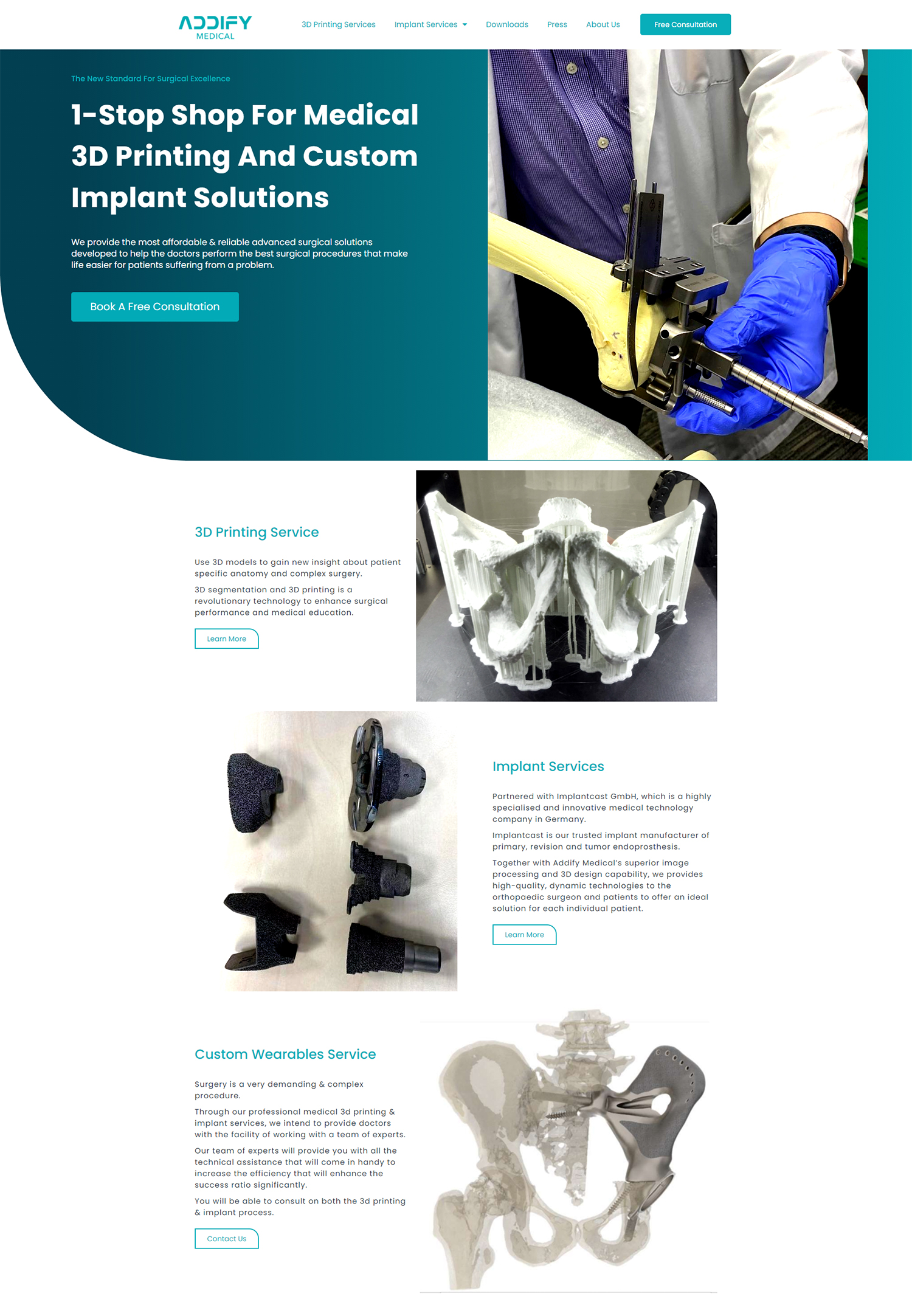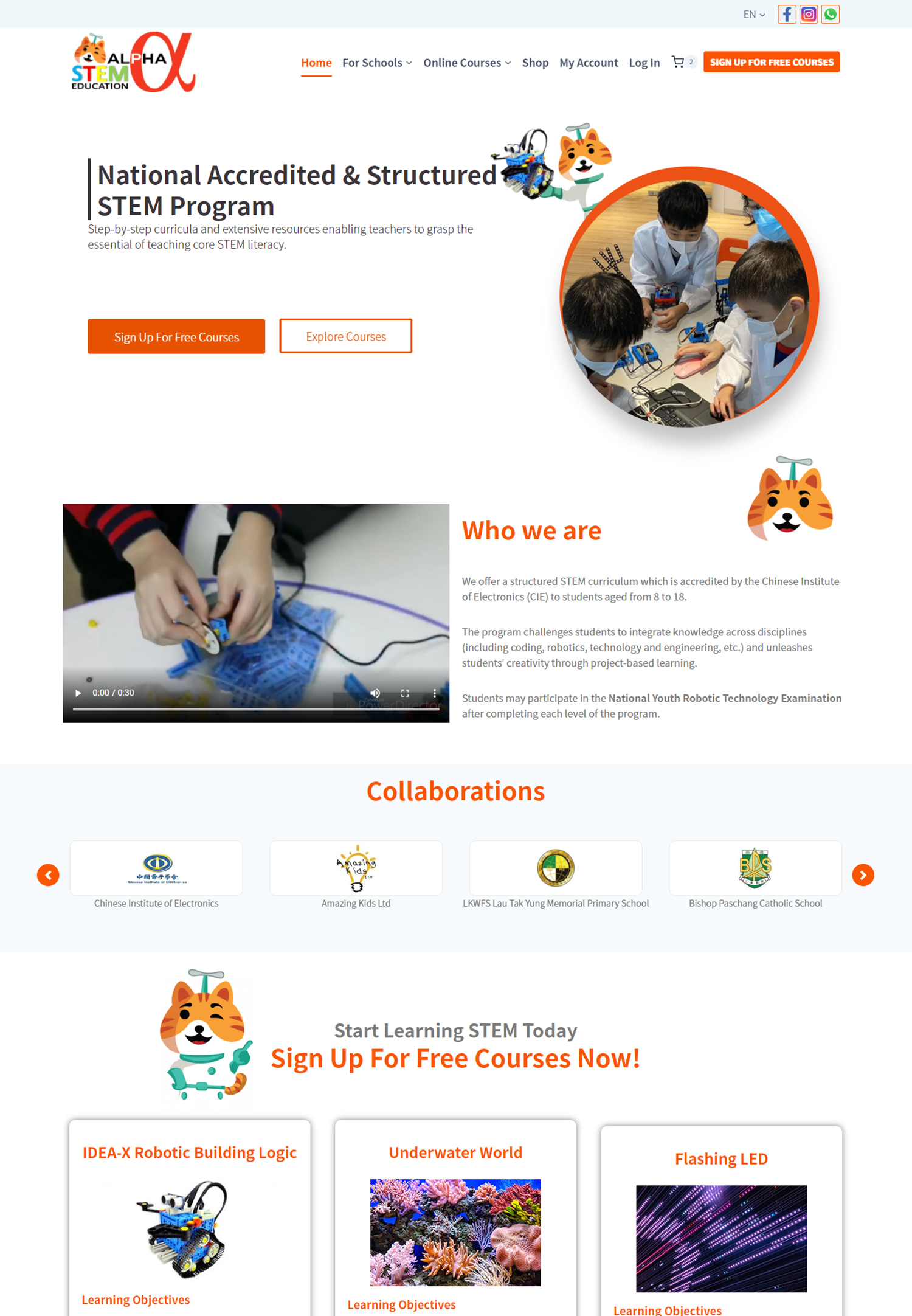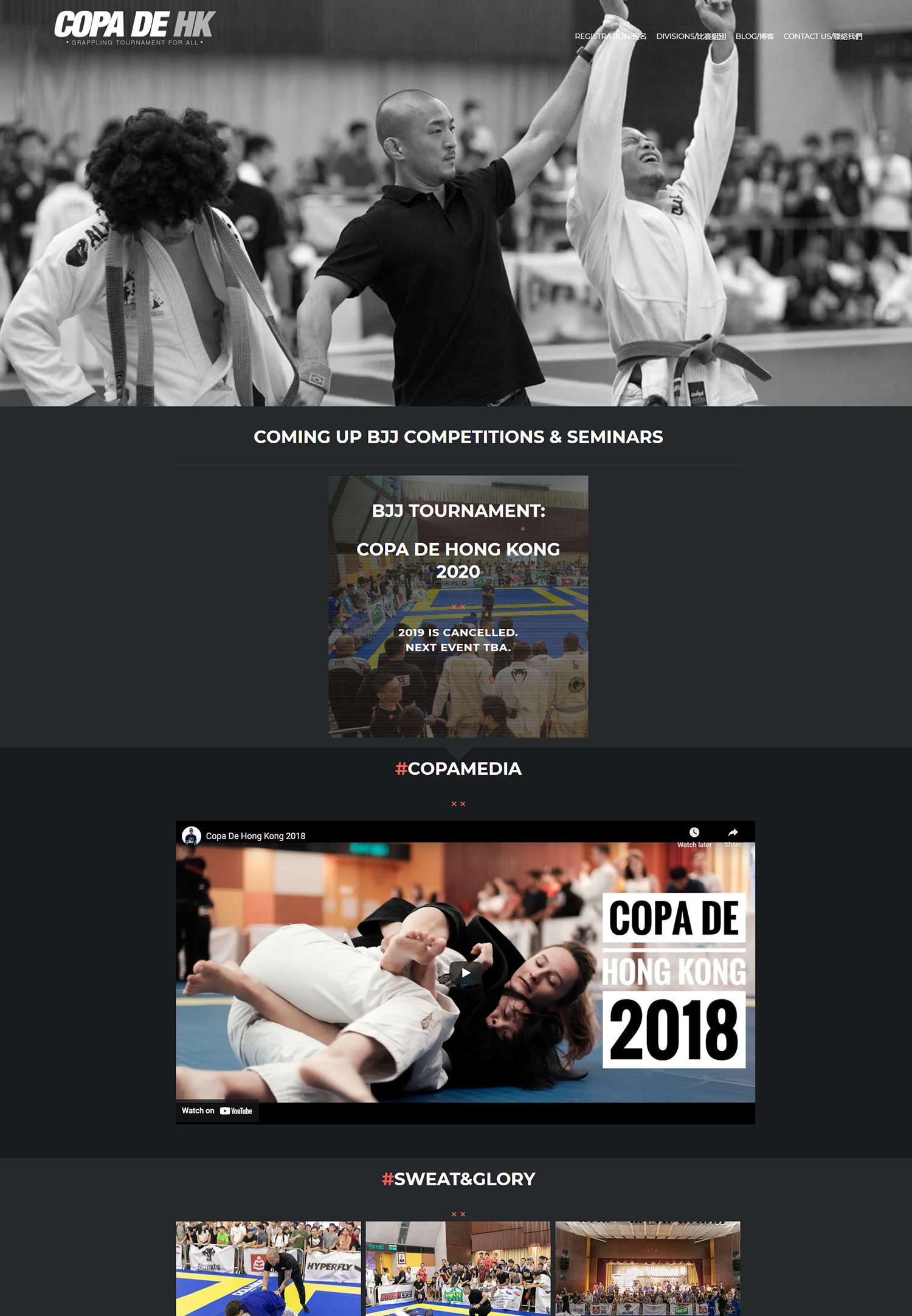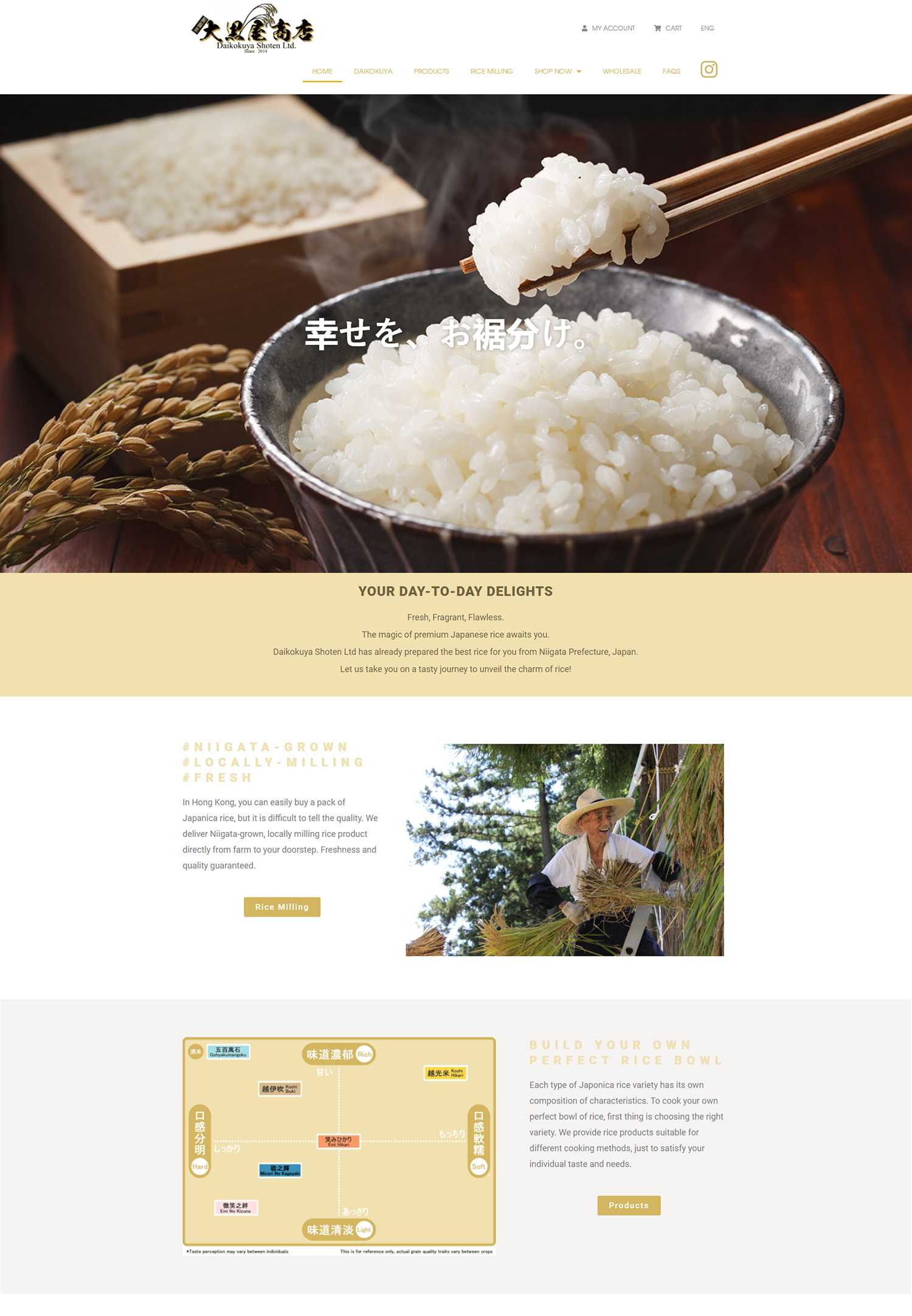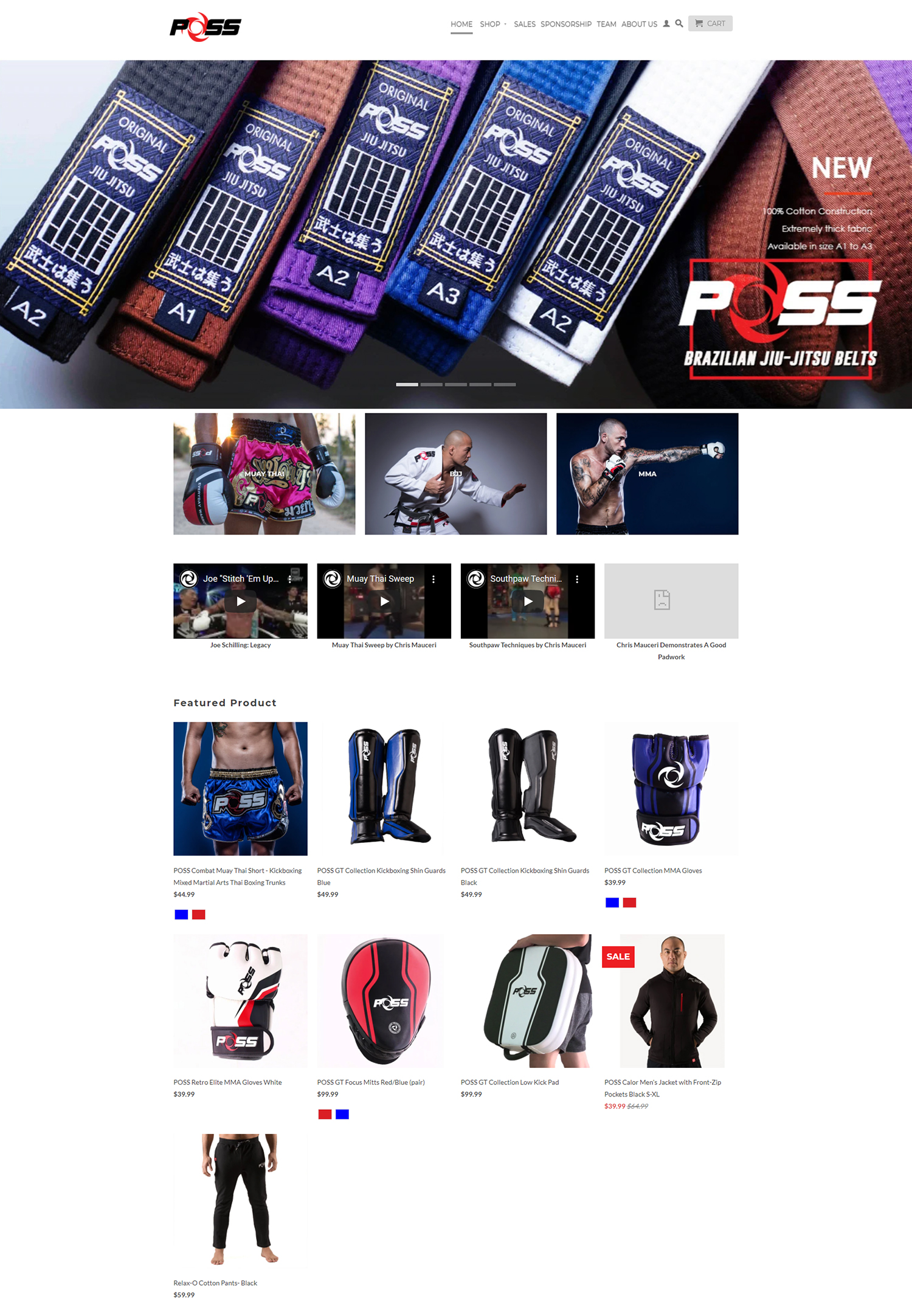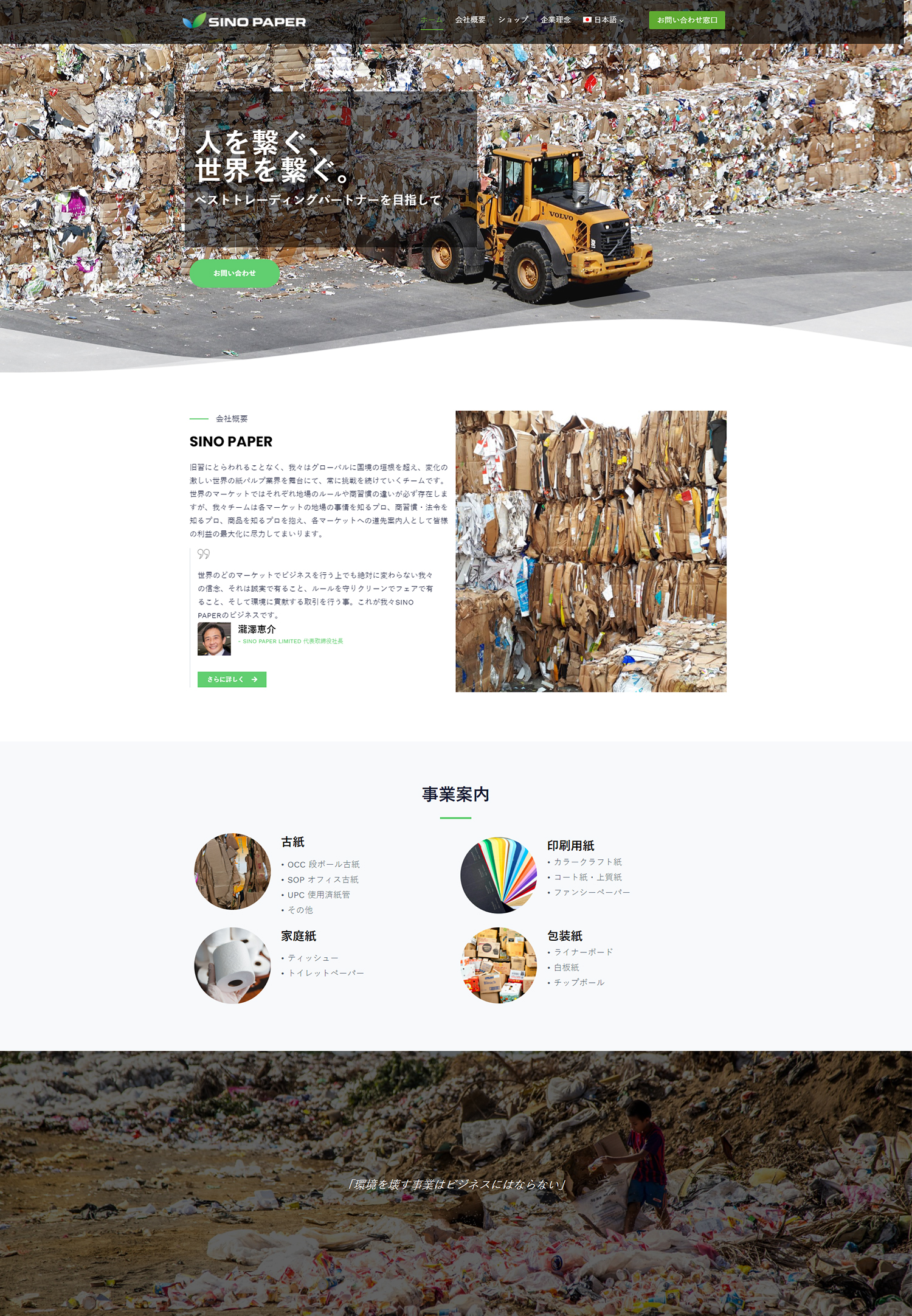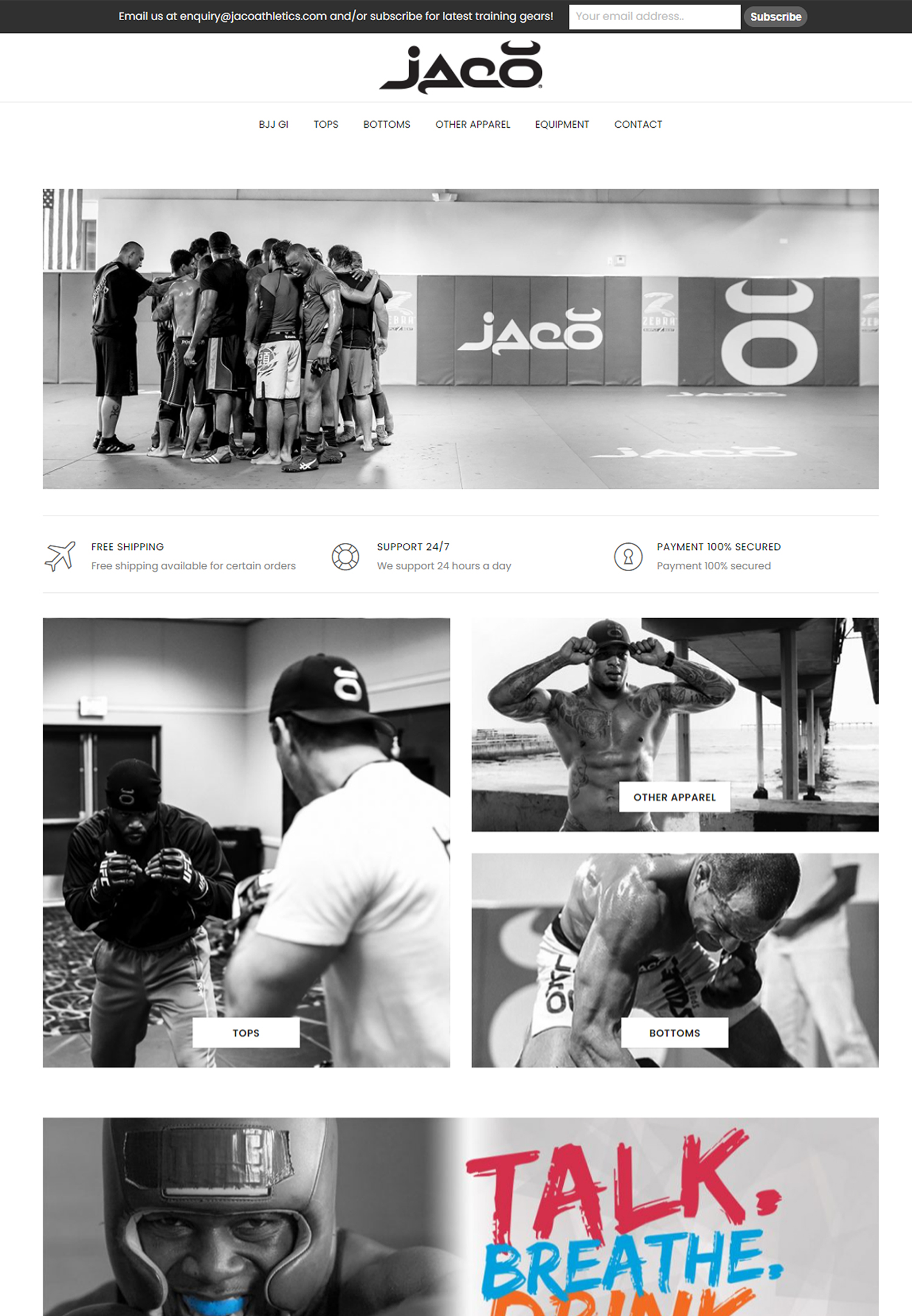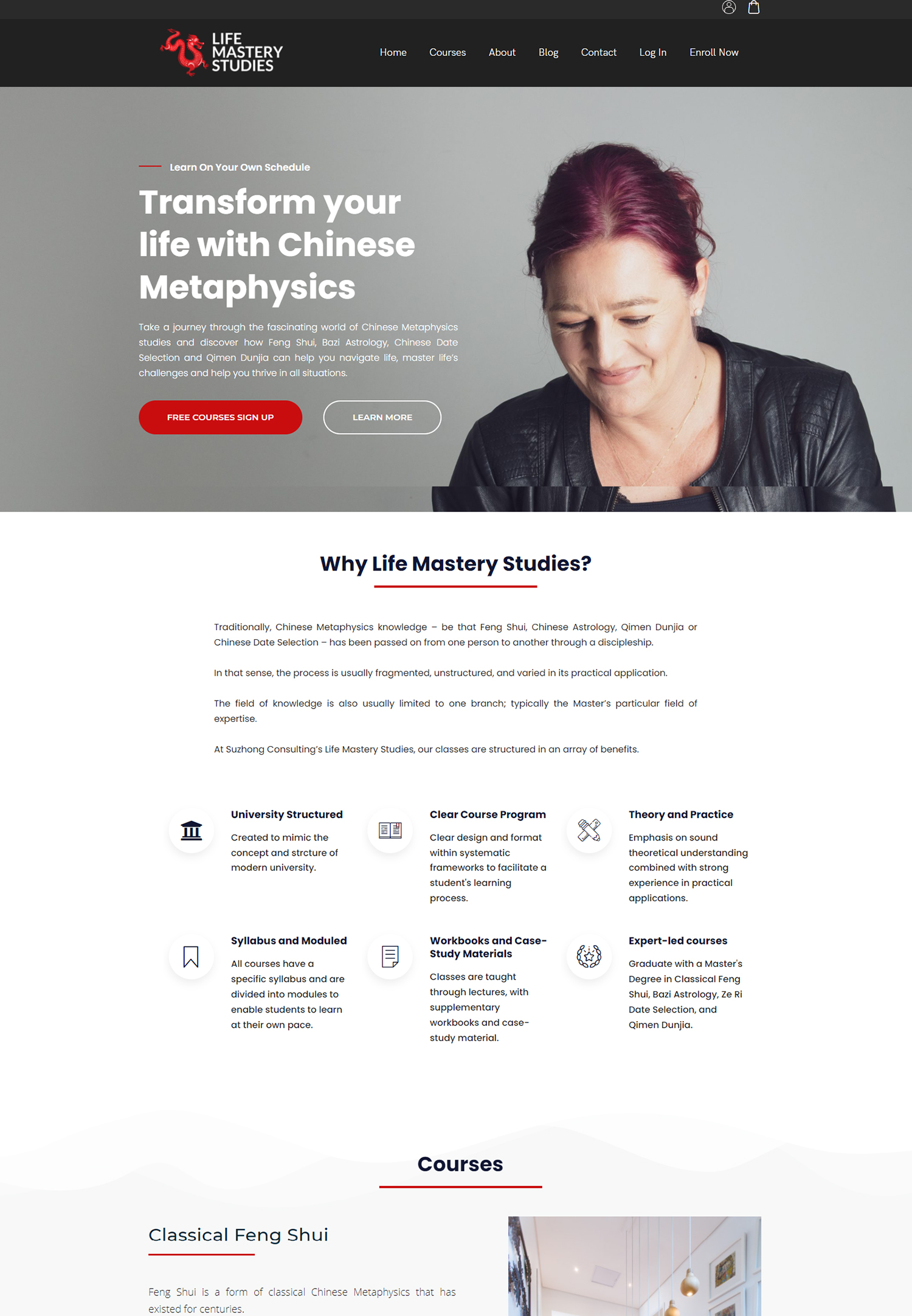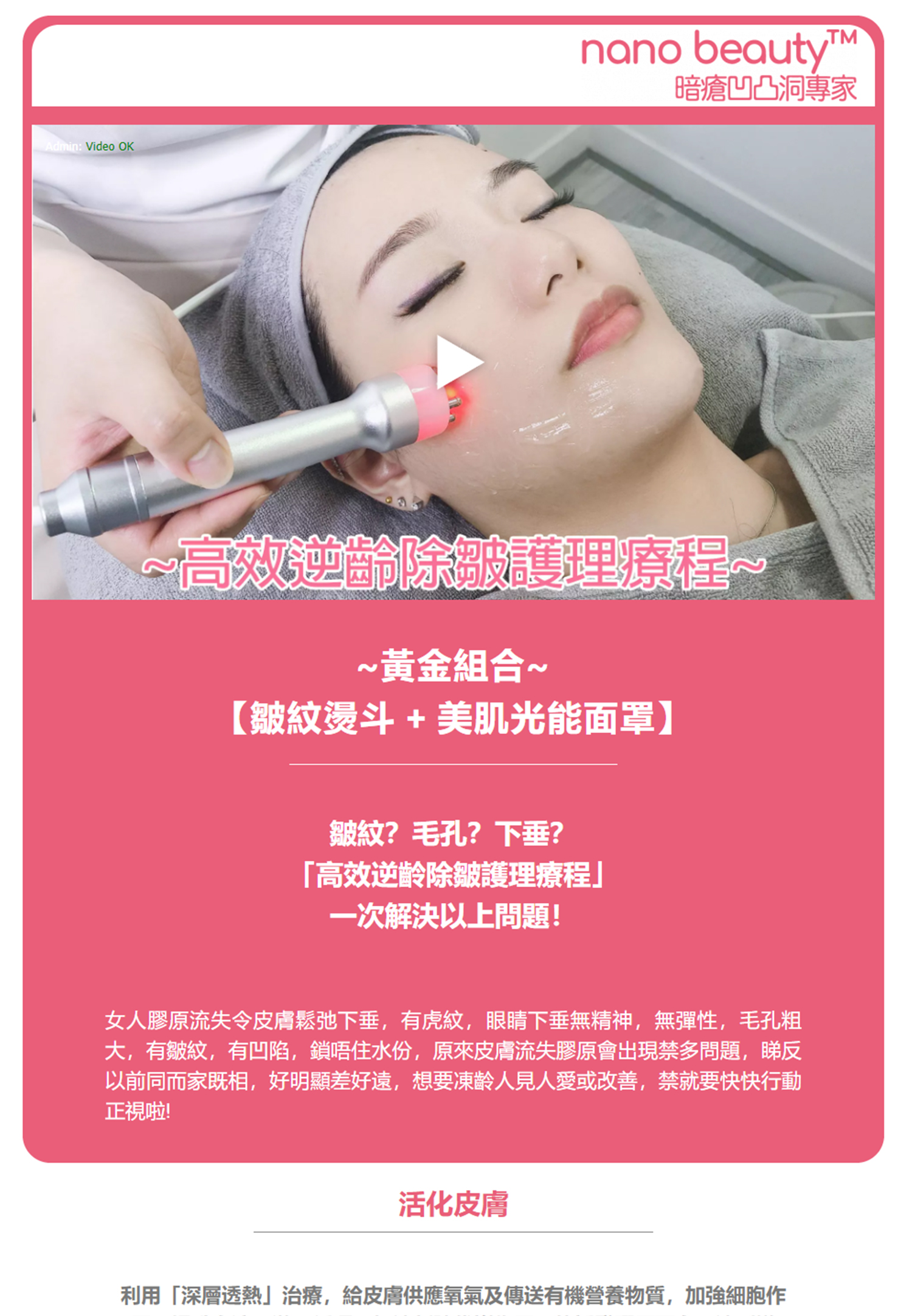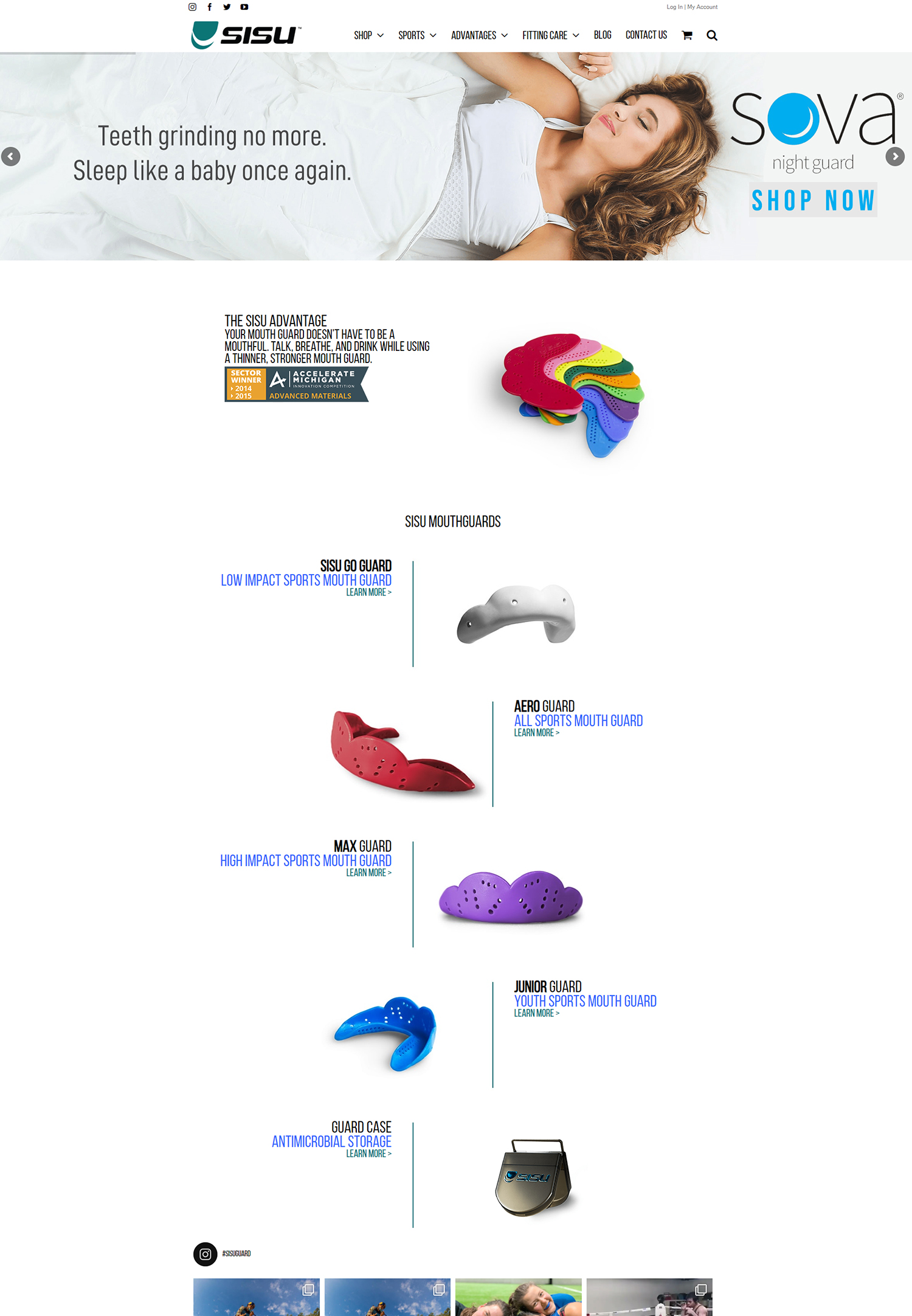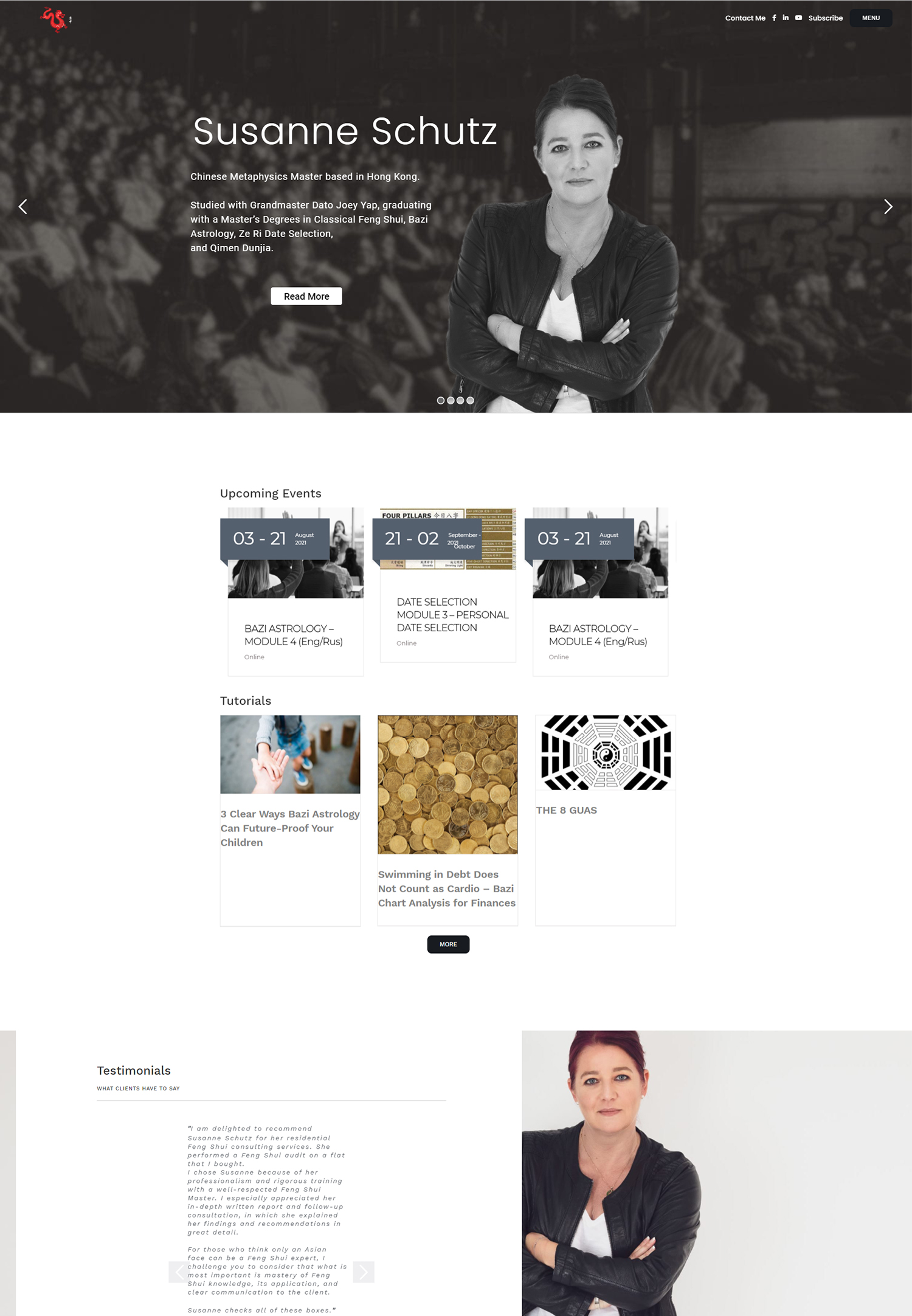An essential part of any internet marketing plan is a landing page. The principal purpose of the website is to convert website visitors into leads or customers by asking them to complete a specific task, like subscribing to the newsletter, downloading resources, or making a purchase. Landing pages concentrate on a single goal & direct visitors toward it, in contrast to homepages, which offer a broad overview of the website. It is imperative to design landing pages with content, calls to action, & design that are specifically tailored to the needs and interests of the intended audience. Landing pages should be free of distractions and extraneous elements that could draw attention away from the primary goal in order to maximize effectiveness.
Key Takeaways
- A landing page should have a clear and specific purpose, such as capturing leads or promoting a product or service.
- An attention-grabbing layout includes a compelling headline, relevant imagery, and a clear value proposition.
- Call-to-actions should be clear, compelling, and prominently placed to encourage visitors to take the desired action.
- Persuasive copywriting techniques, such as storytelling and social proof, can help to engage and persuade visitors.
- A/B testing allows for the comparison of different elements on the landing page to optimize for better performance.
- Trust-building elements, such as customer testimonials and security badges, can help to instill confidence in visitors.
- Analyzing data and making continuous improvements is essential for optimizing the performance of a landing page over time.
Typically, this entails eliminating sidebars, navigation menus, and unnecessary links that could divert users from the page before they finish the intended action. Businesses can create more effective landing pages that generate results and support successful campaigns by understanding the function of landing pages and their place in overall marketing strategies. Grabbing Attention with Compelling Visuals. Using eye-catching visuals that demonstrate the product or service in action, like sharp photos or videos, is one efficient way to get people to pay attention.
These images can help establish an emotional bond with the viewer and give the offer a more concrete and alluring appearance. Clear Communication through Headlines and Colors. The arrangement ought to incorporate graphics as well as succinct headlines and subheadings that convey the primary point and advantages of the deal.
To attract attention & make a call-to-action button stand out on the page, use colors that are bold & contrasting. Rationale and Conversions for Mobile. In order to ensure that the layout works and looks good on all devices, it should also be designed with mobile responsiveness in mind. On their landing pages, businesses can boost engagement and conversions by creating an eye-catching layout that clearly communicates the value of the offer.
Because it asks visitors to take the desired action immediately, the call-to-action (CTA) is perhaps the most crucial component of a landing page. A strong call to action (CTA) should be succinct, persuasive, & clearly explain what the visitor should do and why they will benefit from doing it. Action-oriented language, like “Sign Up Now,” “Get Started,” or “Claim Your Free Trial,” is crucial because it promotes a quick response. Also, utilizing first-person phrases like “Start My Free Trial” or “Send Me My Ebook” can make the CTA seem more relatable and interesting. In addition, the CTA’s placement plays a critical role in encouraging visitors to take action. In order to be easily viewed without requiring scrolling, it ought to be prominently displayed above the fold.
Another way to help the CTA button stand out and draw attention is to use bold fonts and contrasting colors. Also, companies can instill a sense of urgency by employing language that indicates a limited time, like “Act Now” or “Limited Time Offer.”. Businesses can improve conversion rates, generate more leads and sales from their landing pages, and increase conversion rates by crafting clear and compelling calls to action (CTAs) that effectively communicate the value of taking action. For landing pages to captivate visitors and motivate them to act, effective copywriting is a must.
In the end, persuasive copywriting strategies can increase conversion rates by overcoming objections, fostering desire, and establishing trust. Using narrative to establish an emotional connection with the audience and show how the good or service can make their lives better or solve their problems is one powerful marketing tactic. Businesses can communicate the worth of their offer in a relatable and persuasive manner by sharing examples & success stories from real life. Also, utilizing social proof—such as client endorsements, reviews, or case studies—can aid in establishing credibility & trust with website visitors. Including figures or data that accentuate the advantages or outcomes of the offer can also aid in convincing visitors to act.
Also, addressing frequent objections or worries that guests might have can help to allay uncertainties & boost their confidence in their choice to proceed. Businesses can create landing pages that have a greater impact and generate results by employing persuasive copywriting techniques that speak to the audience and address their needs. To optimize landing pages and gradually increase their effectiveness, A/B testing is an essential procedure. Businesses can get useful information about what resonates with their audience and generates the most conversions by experimenting with different versions of elements like headlines, images, CTAs, and copy.
Using real user behavior and feedback to inform iterative improvements, this process enables businesses to make data-driven decisions and continuously improve their landing pages. To precisely gauge an element’s influence on conversions, one useful method for A/B testing is to begin with minor adjustments & test one component at a time. To find out what encourages the most engagement, try varying the headline or the color of the CTA button, for instance. Businesses can also use user recordings & heatmaps to get more information about how users are interacting with their landing pages and pinpoint areas that need work.
Businesses can optimize their landing pages to better suit the requirements and preferences of their target audience by utilizing A/B testing. This will increase conversion rates & make the most of their marketing expenditures. Showing off certifications and trust badges. Putting trust badges or certifications from respectable organizations, like security seals or industry affiliations, in plain sight is one efficient way to establish credibility. This can serve to reassure customers that their information will be secure and that the company they are doing business with is reliable and trustworthy.
Establishing Transparency. To further establish transparency and show a commitment to protecting visitor data, consider including a privacy policy or terms of service link. Visitors may feel more at ease disclosing personal information or completing transactions as a result of this helping to allay worries about security and privacy. Displaying Client endorsements.
Customer endorsements and reviews can also serve as social proof by highlighting the positive experiences of prior clients. Businesses can give visitors to their landing pages a more credible and trustworthy impression that inspires them to take confident action by adding elements that foster trust. Understanding how users are interacting with a landing page and pinpointing areas for improvement require data analysis. Businesses can obtain important insights into the effectiveness of their landing pages and potential areas for optimization by monitoring important metrics like conversion rates, bounce rates, & time on page. Businesses can also gain deeper insights into user behavior and learn how visitors are interacting with their landing pages by utilizing tools like heatmapping software or Google Analytics. Based on this information, companies can test various iterations of elements and content to determine what appeals to their audience the most, and use that information to continuously improve their landing pages.
By using an iterative process, businesses can improve their calls-to-action, design, and messaging by incorporating real user feedback. This leads to higher conversion rates & overall performance improvements. Businesses can make sure that they are optimizing their marketing efforts and getting the best results from their campaigns by analyzing data and continuously improving their landing pages. To sum up, in order to create a landing page that effectively drives conversions & engages visitors, one must have a thorough understanding of this goal.
Businesses can create impactful landing pages that drive results & contribute to the success of their marketing efforts by using compelling copywriting techniques, attention-grabbing layout designs, persuasive CTAs, A/B testing for optimization, trust-building elements, and data analysis for ongoing improvements. Businesses can develop landing pages that successfully engage visitors & direct them toward taking action, leading to higher conversion rates and optimizing the effectiveness of their online marketing campaigns, with careful planning and strategic execution.
If you’re looking to improve your website’s performance, you may also be interested in learning how to find the right keywords for your website. Check out this article on finding keywords for your website to ensure that your landing pages are optimized for search engines and driving the right traffic to your site.





